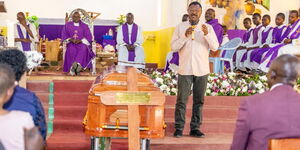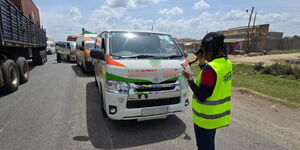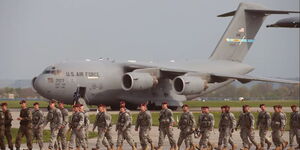Before technology was advanced in aviation, Lake Naivasha served as a runway for planes from Europe and South Africa.
Flying boat planes first entered the Kenyan aviation space in 1932 when Imperial Airways of Britain commissioned them to land in Lake Naivasha.
When the route was inaugurated in January 1932, it was meant to serve Cape Town in South Africa and other European countries, transporting mail and other parcels only.
Flying boats from Britain took a week before landing on Lake Naivasha and ten days to reach Cape Town.
Pilots preferred landing on Lake Naivasha due to its position, which made it easier for the British settlers to mark the runway. It was also picked due to a railway network which connected Naivasha to other towns.
After three months of operation, demand for flying boats peaked in Lake Naivasha, forcing the British settlers to introduce passenger planes. Passengers would land in Uganda's Lake Albert for recreation before embarking on a journey to Lake Naivasha.
However, the story of flying planes in Kenya was deemed in 1949 after Sparks Hotel, which hosted the airport, closed down.
Later advancements in aviation technology phased out flying planes. Landing technology allowed large aircraft to land on concrete.
In 1958, Boeing unveiled its 707 when Mau Mau prisoners had finished the construction of Embakasi Airport, the predecessor of Jomo Kenyatta International Airport (JKIA).
With advanced technology, Nairobi-based JKIA ushered in a new era for commercial planes in the country.
Besides the story of Naivasha and flying boats, Lake Victoria in Kisumu provided a convenient landing point for amphibious aircraft, which could take off and land both on water and land from 1914.
In Kisumu, the story of amphibious aircraft is still evident with hangars and places they used to park at the old Kisumu Airport.
"We are happy that the amphibian apron is still in good shape to date. Although we have not put it to use, we have preserved it as a national monument. It is a great historic site," the then Kisumu Airport Manager Charles Chetalam stated in a past interview with Standard.












